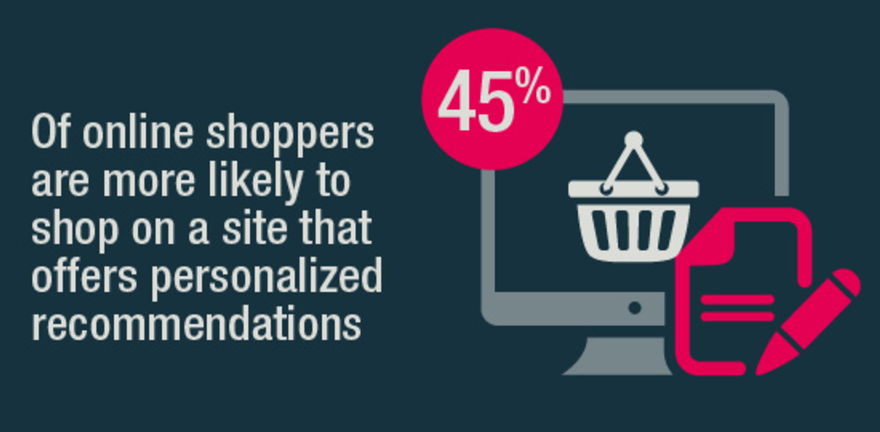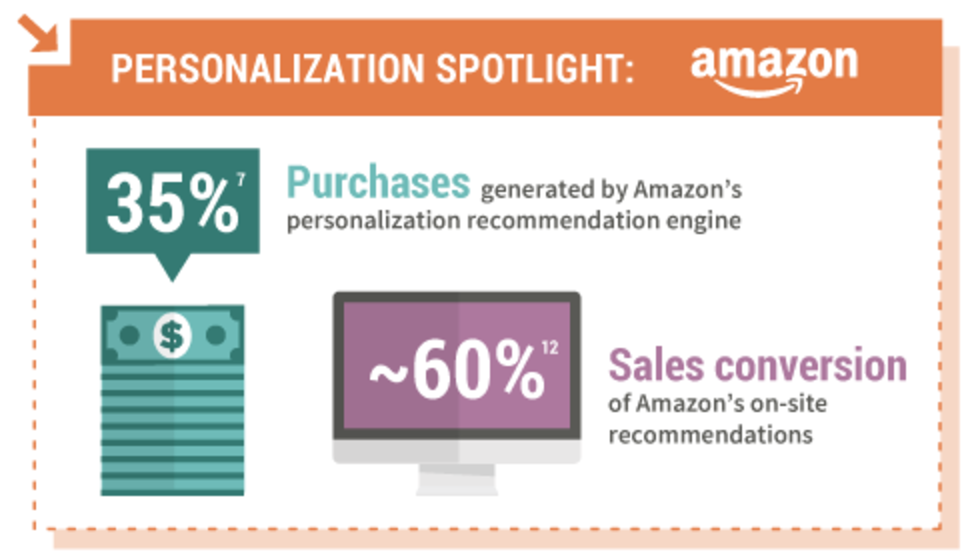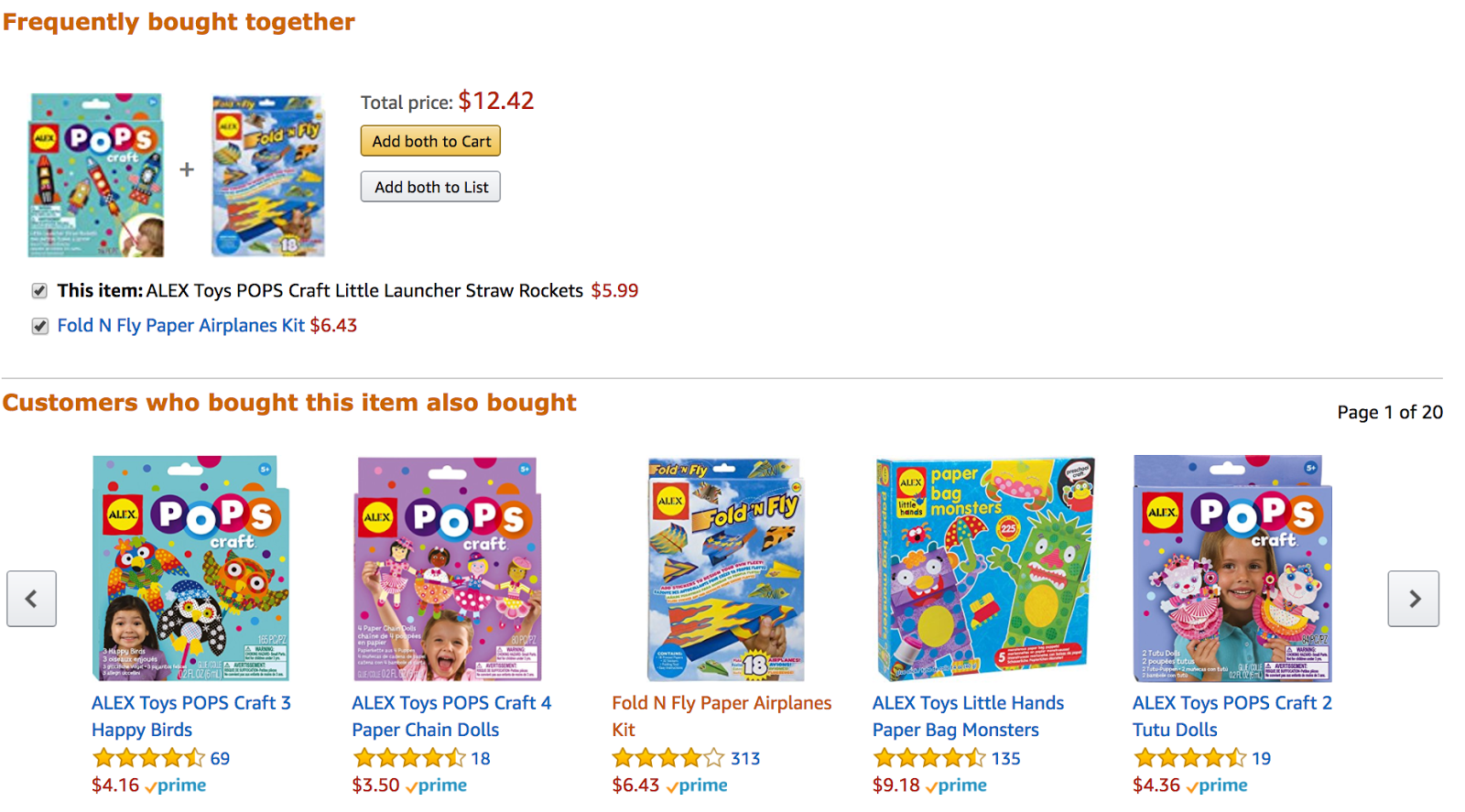It’s a new year of retail technology and advancements in artificial intelligence are shaping customer expectations for personalization. In fact, 10 percent of purchasing decisions will be guided by intelligence agents this year, according to Forrester – making 2018 the first year that AI will have a measurable impact on consumer purchasing decisions. This is only the beginning of significant advancements in the field of personalization, as the fiscal impact of targeted suggestions from intelligent algorithms is only projected to grow.
Leaders Share Personalization Strategies
Personalization was the hot topic at the NRF Big Show this year and well-known retail leaders from such companies as Macy’s, The Children’s Place and the Neiman Marcus Group addressed how their companies plan to use personalization to differentiate themselves from the competition. As Karen Katz, President and CEO of the Neiman Marcus Group, told Forbes, “Great customer experience in 2018 will come from blending technology with a more personalized touch… people that can combine technology-powered personalization with a human will be the winners.”
Speaking the Language of Conversational Interface
Artificial intelligence-powered conversational platforms are becoming the preferred method for customers to interface with retail companies. Gartner predicts that by 2021, over 50 percent of companies will spend more per year on chatbots than they do on mobile app development. AI-powered chatbots and voice activated search platforms such as Amazon and Alexa enable retailers to offer targeted product suggestions and to resolve basic customer service issues. When AI-powered chatbots are used to facilitate a customer’s product search, they can take the customer through every phase of their purchasing process – from their first visit to a brand’s website to choosing the correct payment method for their final purchase. Customer service bots can be used to quickly to customer queries and direct shoppers to the appropriate branch of the company to handle their request.
Learning to Utilize Intelligent Algorithms
Although most retailers know it’s necessary to implement niche technological developments such as chatbots and personalization platforms in order to compete, Forrester reports that 67 percent of retailers are still not prepared to leverage intelligent agents within their companies. This means that only 33 percent of retailers surveyed by Forrester understand the power of AI to disrupt the retail industry. However, disruption is inevitable. In 2018, it is advisable for retailers with stores of various sizes – across many different verticals – to implement intelligent personalization strategies across every branch of their retail store operations. Even the most advanced AI platforms depend on whittling customer data down to individual profiles to build loyalty strategies with authentic, applicable personalization. Yet the most effective personalization strategies take things yet a step further to suggest relevant marketing methods and formulate plans-of-action based on each customer’s unique search history, as well as their phase in the consumer lifecycle.
Integrating Marketing Touchpoints
The biggest mistake retailers make when implementing a burgeoning personalization strategy for their customer base is failing to update customer information each time a relevant transaction or communication takes place. When organizations fail to connect the dots across platforms, they cannot syndicate recommendations or register customer interactions, which often results in sending out duplicate communications or failing to follow-up with consumers. At NectarOM, we work to bridge the gap between various branches of our clients’ companies to create a unified, cohesive brand presence and customer outreach strategy across platforms. Don’t be one of the 67 percent of retailers that Forrester predicts will fall behind in the New Year – instead, partner with a solution provider with access to an intelligent, AI-fueled personalization algorithm that produces measurable results.





 Image source
Image source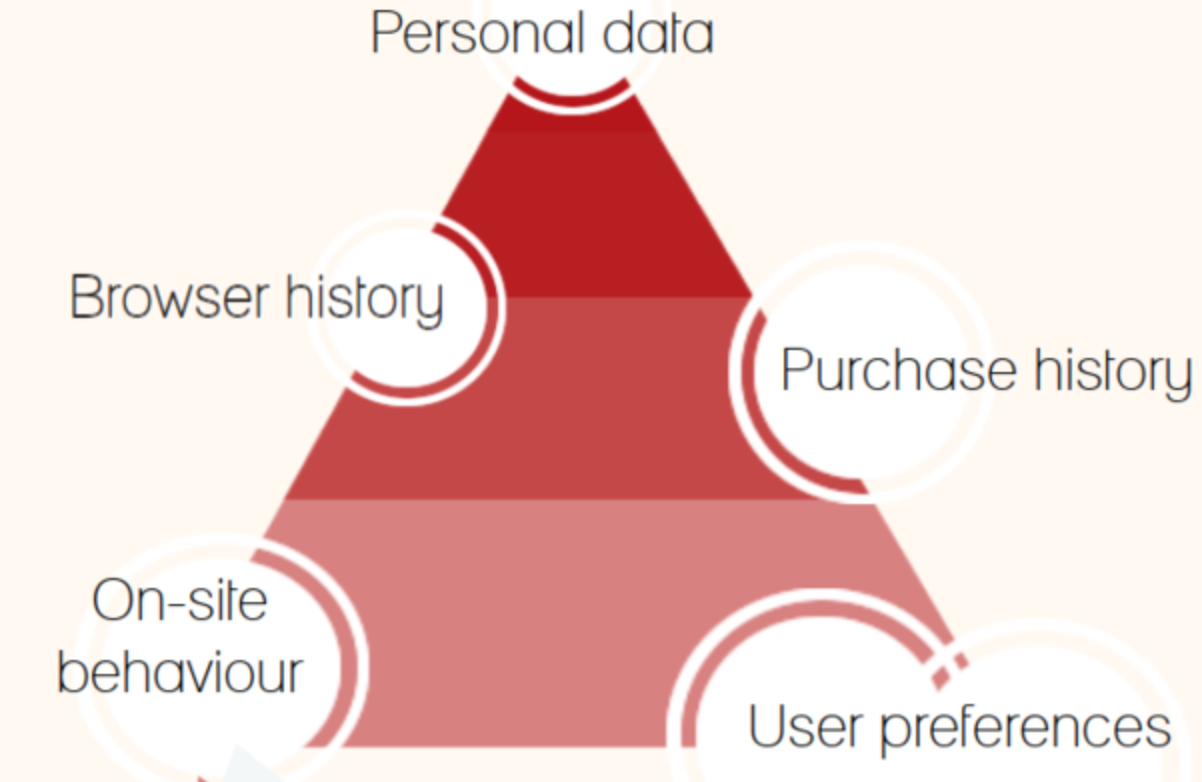




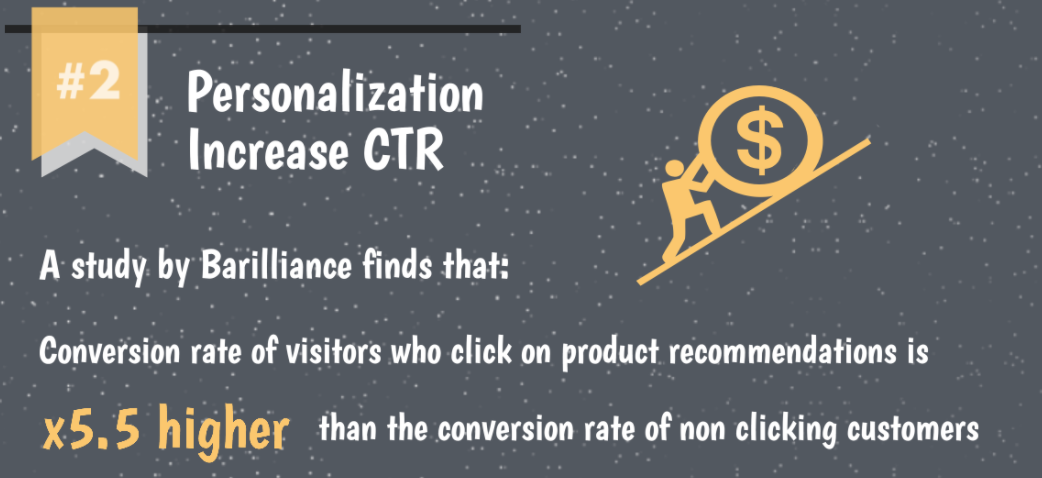 Image source
Image source Image source
Image source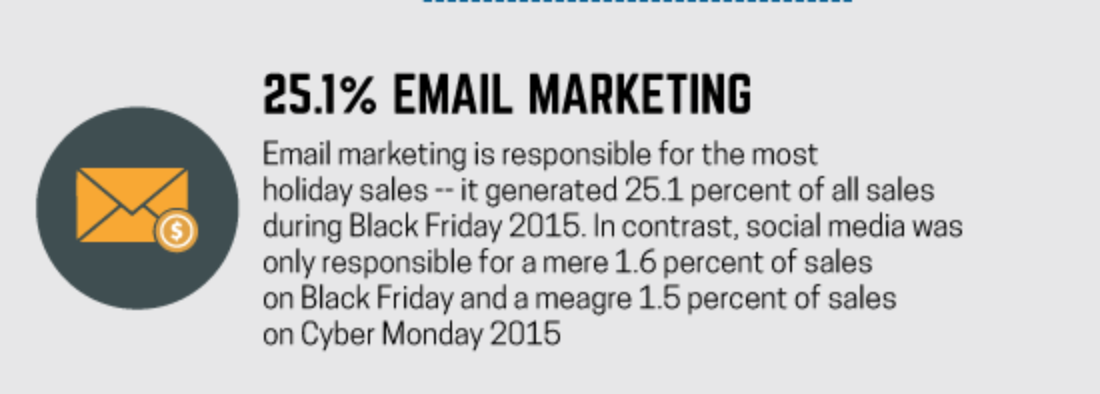 Image source
Image source Image source
Image source

 Image source
Image source



